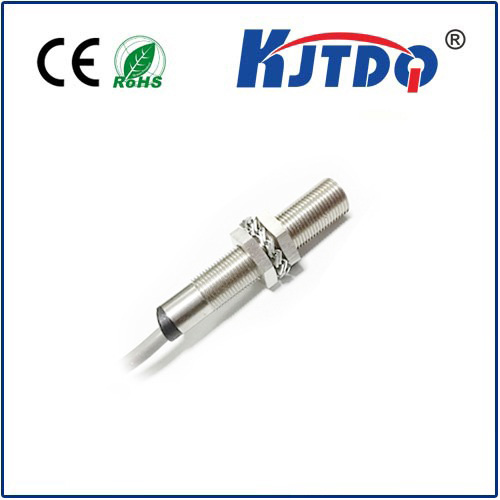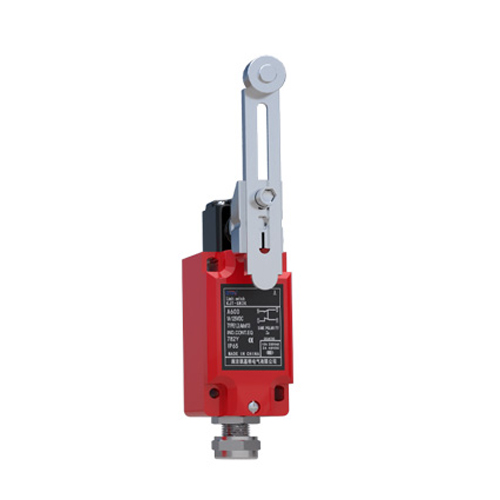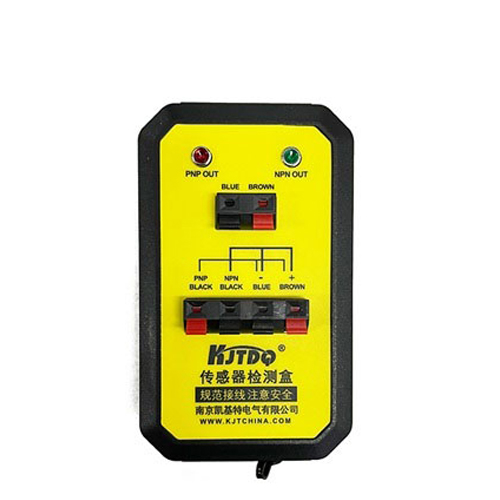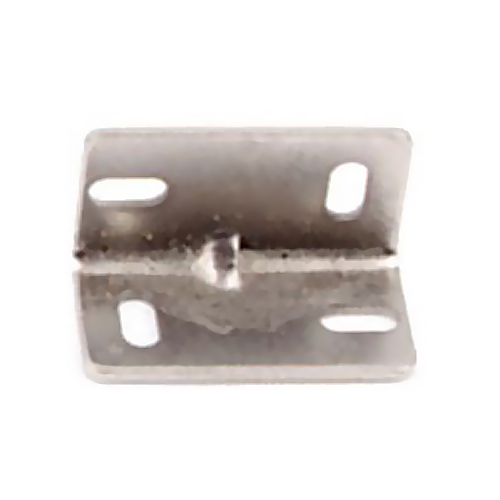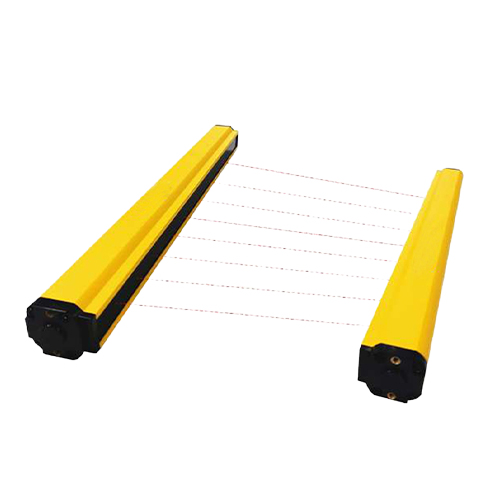Imagine the scene: a towering crane gracefully lifting a multi-ton load on a bustling construction site. Nearby, crew members focus on their tasks, heavy machinery moves across the yard, and another crane swings towards the same workspace. Under normal conditions, this proximity is a recipe for potential disaster. Without an extra, critical layer of safety, the risk of catastrophic collision is alarmingly high. This is where crane proximity sensors step in, acting as indispensable, silent guardians of site safety and operational continuity.
The stakes in crane operations are immense. Collisions between cranes, or between a crane and structures, personnel, vehicles, or power lines, can result in devastating consequences: severe injuries, fatalities, extensive property damage, costly project delays, and significant legal liabilities. Traditional reliance solely on operator vigilance – while crucial – is inherently vulnerable to human error, distraction, or restricted visibility, especially on complex sites. Reports indicate that collision-related incidents remain a major contributor to accidents within the lifting industry. Implementing robust proximity detection systems is no longer just best practice; it’s a fundamental requirement for responsible crane operation and comprehensive site safety management.
So, how do these vital sensors work? Essentially, crane proximity sensors use various technologies to create an invisible, electronic “safety shield” around the crane or its critical components (like the boom tip or load). They continuously monitor the presence and relative position of potential obstacles within predefined zones. When an object enters a designated danger zone, the sensor system triggers an immediate alert. This alert is multi-faceted, designed to capture attention:

Types of Crane Proximity Sensors: Choosing the Right Shield
Several technologies power modern anti-collision devices for cranes, each with specific strengths and ideal applications:
While individual crane proximity sensors are powerful tools, their true power is unleashed when integrated into a holistic crane safety system. This integration creates a layered defense:
The value proposition of implementing robust proximity detection is undeniable. The direct impact is a massive reduction in accidents and near misses, protecting the most valuable assets: human lives. Preventing collisions translates directly into avoiding costly damage to cranes, building structures, and loads, saving significant repair or replacement expenses and preventing project delays. Enhanced safety fosters a culture of operational confidence among workers and operators, improving morale and productivity. Furthermore, robust safety systems like proximity detection demonstrate compliance with increasingly stringent industry regulations and safety standards (such as those from OSHA, ASME B30 standards, and various international bodies), mitigating liability risks and protecting the company’s reputation.
Radar proximity sensors are becoming increasingly popular due to their resilience across a wide range of site conditions, significantly reducing false alarms compared to older technologies. The future points towards even more sophisticated crane safety systems, incorporating data fusion from multiple sensor types (radar, LiDAR, camera vision), enhanced AI algorithms for better target classification and prediction, and seamless integration into broader site-wide telematics and safety management platforms for centralized monitoring and proactive hazard identification.
Investing in advanced crane proximity sensors and their integration into comprehensive safety protocols is far more than a regulatory checkbox. It represents a profound commitment to operational excellence, workforce protection, and organizational responsibility. These systems stand as essential guardian angels on the modern worksite, tirelessly monitoring the invisible boundaries that separate routine operations from potential disaster, ensuring cranes can lift, move, and build with confidence within safer environments. As lifting tasks become more complex and sites more densely packed, the role of proximity detection as the silent, vigilant protector becomes ever more critical.
